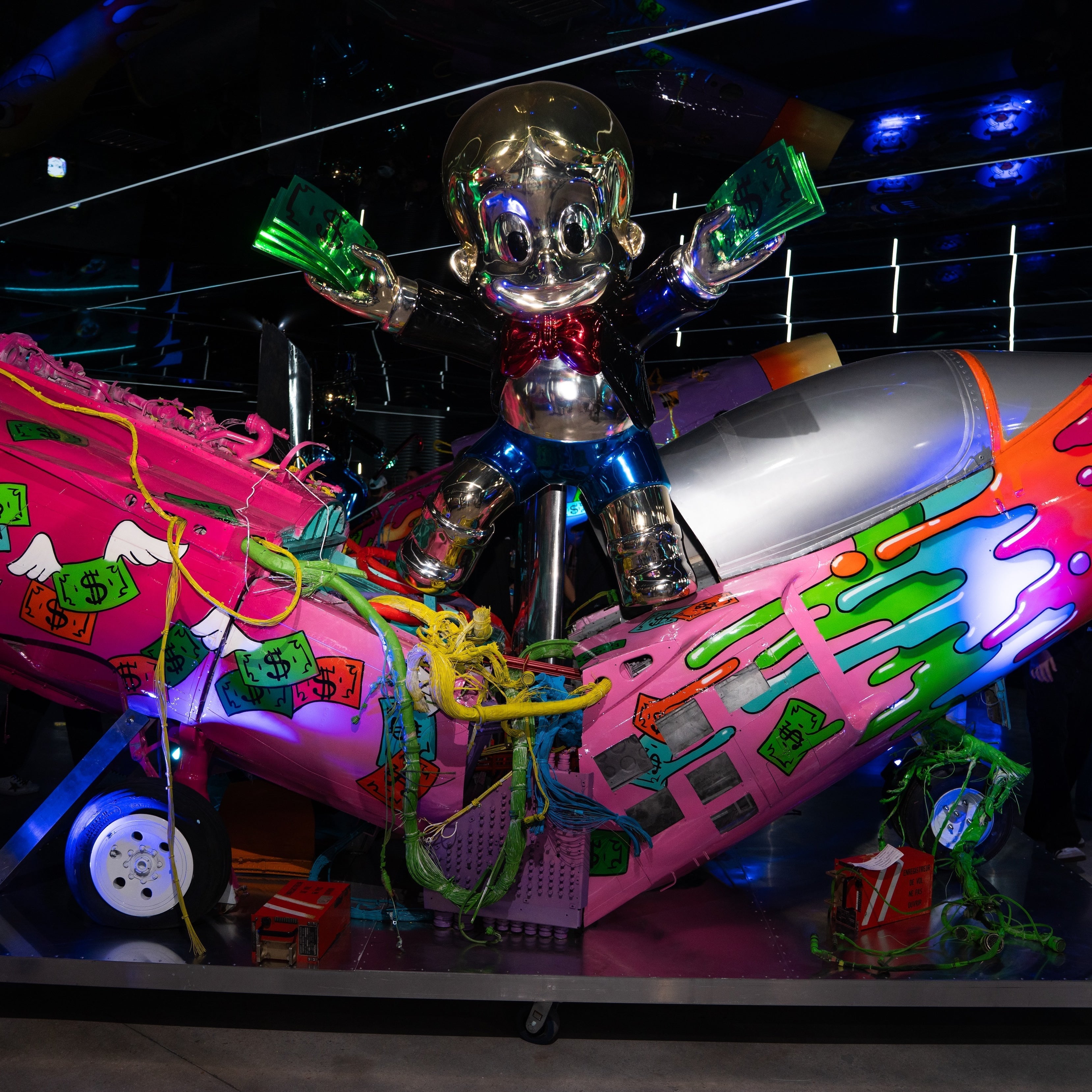Studio Tips For Electronic Music Producers

Whether you’re a beginner or an intermediate music producer, at times getting your mix right can seem like an impossibility. But, when you break down the attributes and qualities of what makes a track sound professional, you can achieve the desired results.
This post breaks down a few production tips and techniques that will surely help you hit your goal effectively. You could also try joining music lessons to get a better hang of mixing techniques.
Pick the Two Most Important Pieces of Equipment
Digital Audio Workstation (DAW)
DAW is essentially a software application program that music producers use for recording, editing, and making audio files. These are the very foundation of creating electronic music. Without a quality Digital Audio Workstation, you would have to use audiotape recorders.
As of right now, you get a myriad of DAWs options. And, different ones have different features. Almost all of them share a few common traits. For example, in all of them, you will find core features like tempo modification, pitch modification, filtering, and multitrack recording.
So, what are your best options? Well, if you’re new, you could go with Ableton or Logic Pro. Both are two of the best options in the market.
Headphones
There is a difference between general gaming/consumer headphones and studio headphones. They differ in their neutral sonic sound balancing. Basically, studio headphones aim to output the purest sounds without any coloration so that the producers can make the most accurate and effective track.
When you know exactly what your song sounds like, you can make tonal corrections, fix any minor infractions, etc. Otherwise, you might wind up exacerbating those imperfections.
So, what are your options? First of all, you should avoid Bluetooth headphones. With that said, you could always go with Skullcandy and Beats. Audio Technica and Sennheiser are also great entry-level headphone companies. If you want something low-cost, go with ATH M20X.
Use Good Source Sounds
Your life as an electronic music producer would be a lot easier if you pick high-quality sound sources right from the beginning to create music.
You may think of it as a no-brainer or a thing of common sense. But, it’s amazing how a vast majority of beginner producers tend to use the same audio samples that have clicks, pops, digital distortion, and a lot of fidelity.
But, how do you know which sample is good? It’s simple! Use your keen hearing. Make sure they sound good and are distortion-free.
Get Your Kick & Bass Right
How well you balance your kick and bass can be a huge discerning factor in how good or bad quality audio track you make. If you want to take your craft seriously, this is one production technique that you must hone. Here are a few tips on how to achieve that -
Avoid a clash between your kick and bass with the arrangement and the EQ. You can do that by placing the bass and the kick across different beats. In this way, they will play at different times. You can also use EQ to fix the clashing frequencies.
Another useful technique is to use compression that ducks the bass level every time there’s a kick in the mix. To avoid this complex side-chain compression, you can use the LFO tool by XFER to get a similar effect.
Use Mix References
When you're working on the minor details, it’s easy to lose track of the bigger picture. That's why great referral tracks always come in handy. They help you compare your own production with great quality professional tracks and sounds.
Here’s a simple and effective production technique for you - import the reference track and compare it with the mix you created. Use a spectrum analyzer to check different frequencies. Compare those frequencies to the professional mix.
You should always remember that some of the greatest tracks may sound louder than your mix. So, you may want to adjust the volumes to get the right reference frame.
Learn About the Music theory, structure, and arrangement
When you understand music theory and structural arrangement, you can always create better quality production. You don’t always need to know the music theory to create great records, but it doesn't come in handy in the writing and production procedure.
By learning scales, chord progression, and different keys you can create the right mood for your track. It also allows you to fine-tune the individual elements more easily. Your track’s arrangement is often what makes or breaks the entire mix.
The thing is, listeners often become accustomed to different genres of music in terms of their structure and duration. When creating a track for a certain genre, it’s better if you find a reference track that you’re trying to replicate.
Analyze it in terms of the structure. Look at things like the chorus length, bridge elements, drumming patterns, etc. You can figure out all these elements by simply comparing your mix with a reference track.
Get The Acoustics Right
Acoustics are an important part of how you hear different sounds. If the acoustics are not right, it might mess with how you hear a particular track. You could even wind up creating all the wrong mixes or making them worse.
So, how can you get the acoustics of your studio right? Well, you don’t have to spend a ton of money. Something as simple as placing a bunch of plants in the room is good enough. Plants help to trap the bass.
You could also hang dense organic materials to absorb the sound on the wall. All of these are cheap yet effective methods that can make a ton of difference to the quality of your final mixes.
Only cover half the walls with absorption panels. Too much absorption could also lead to distortion.
Here are the 5 Most Popular Music Apps
Need some dope outfits to wear to a show? Shop our best sellers HERE!
Related Posts

Chicago Music Nexus Sells Out Again, Reinforcing Its Leadership In Electronic Music Education

Alec Monopoly Elevates Art Basel Miami 2025 With Immersive “Flying to a Happy Place” Jet Sculpture Experience













